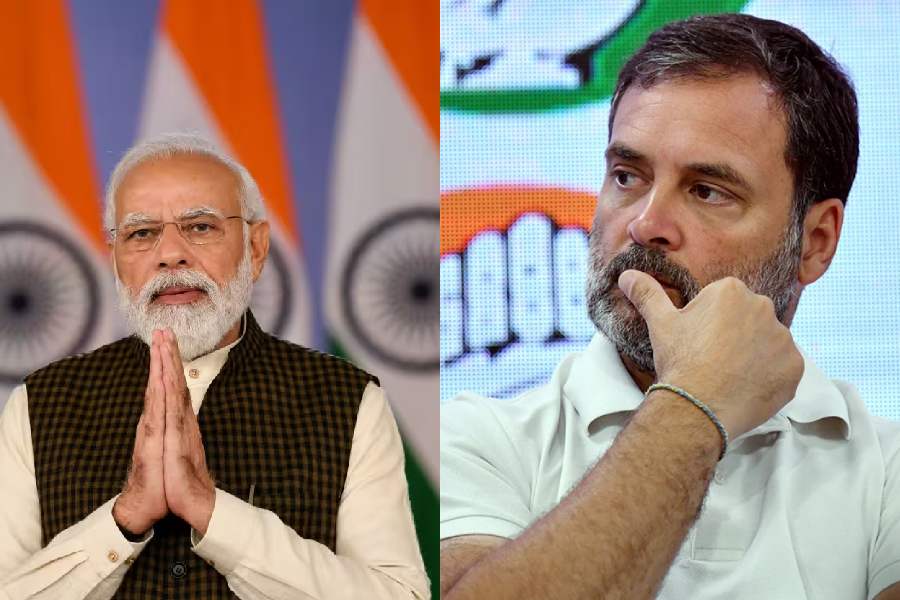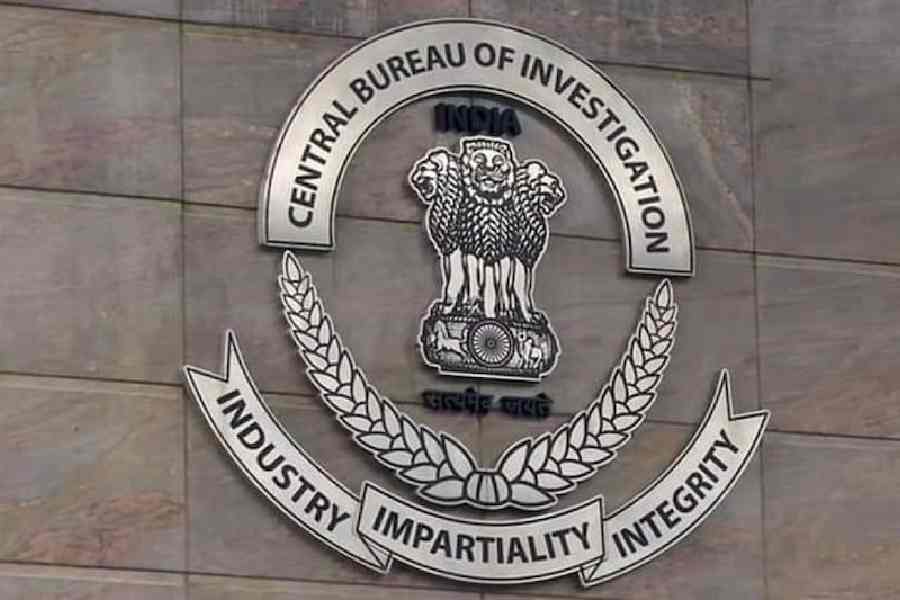India’s growth has tumbled to a six-quarter low, while the European economy bears the brunt of a trade war and Brexit. In this backdrop, Koushik Chatterjee, executive director and CFO of Tata Steel Group, discusses with Sambit Saha of The Telegraph a wide range of issues that face the steel industry and the company.
As the Thyssen deal did not go through, can we assume that Tata Steel Europe will remain with Tata Steel Group?
We are currently focused on the operating and financial performance of Tata Steel Europe and are in the midst of a transformation programme across the organisation covering several areas of the business. Given the current challenging market conditions and the macro-economic outlook, it is very critical for the management not to get distracted and, hence, we are only focused on the operational performance of the business.
Assuming Tata Steel Europe remains, how does Tata Steel plan to make it cash self-sufficient?
The transformation programme in Tata Steel Europe has the target to be operating cash flow positive and has identified several levers for structural cost takeouts, including fixed cost reduction, procurement synergies, optimising working capital and recalibration of the capital expenditure. These are in addition to the operational improvement programmes being implemented in both the Netherlands and the UK. We are also looking at new areas of operating synergies across Tata Steel Group that can bring benefits to Tata Steel Europe, including in the areas of engineering and projects, raw material procurement and value in use optimisation, shipping and logistics.
n Are there going to be some further disinvestment of the European assets?
We had announced the divestments of some of the smaller businesses in Europe, including Kalzip and Cogent. We have completed the Kalzip sale sometime back and are at an advanced stage in restructuring the electrical steel business. While there may not be big options, we continue to look for opportunities to unlock investments.
Do you see steel margin squeeze bottoming out with coal and iron ore prices softening?
I think so. The coal and iron ore prices have softened in recent weeks. The price of Australian iron ore at China (including cost and freight) has dropped about 32 per cent last month though it is still higher by 23 per cent compared to a year back. Similarly, prices of premium low volatility hard coking coal have fallen more than 10 per cent last month. Steel prices, such as the Chinese domestic hot-rolled coil, have started to show some tentative green shoots which will help to expand the prices and improve sentiments. The macro stability and improvement in sentiments will be key issues to watch.
Does the company stand by its net debt reduction target of $1 billion this fiscal? What is the road map?
After our recent quarter, we have mentioned that we remain committed to de-leverage our balance sheet. We maintain that stand and will focus on net reduction of the leverage. Given the market situation, it will not reduce in a secular manner over the quarters but will be more skewed towards the end of the year. A lot of internal actions and initiatives are relevant for the deleveraging strategy.
Is the company looking for a buyer for Natsteel?
We have mentioned that we will continue the process. It’s been a self-sufficient business with good operating parameters and a strong market presence. It runs on tight working capital norms and has never depended on any parent support. Therefore, it has been a more strategic call to consolidate the overall business rather than any funding support related issue.
How do you think the recent GDP will affect steel consumption in India? What is required to revive steel demand in India?
The long-term economic story of India hasn’t changed. There are a set of internal and external factors that have acted as speed breakers which can be course corrected with some proactive economic management. We are starting to see that happening though the effects will take some quarters to manifest. Steel is a foundation industry for any nation but more so for a nation like India that aspires to leapfrog into one of the world’s largest economy over the next decade. Steel is vital for various end-user segments, be it construction, automobile or engineering. We have the demographic leverage of a large population that is young and aspirational. What is required today is the restoration of a confidence to invest and consume. The Indian steel industry remains very competitive globally and, hence, will be well placed to grow in the future.
How important is the recent currency volatility for the Indian steel industry?
The trade tensions are having an impact on the global currencies. The unexpected escalation in the US-China trade conflict late last week has had an impact on many emerging market currencies, including the rupee. US employment and consumption data and actions by the People’s Bank of China on how it can manage a more orderly depreciation of the renminbi to counter the US trade tariff effects will be important issues to watch. The rupee, which tested the 72-mark last week, may gain back some of the recent depreciation after the recent liquidity measures announced by the Indian government.
Overall a weakening rupee does enhance the competitiveness of a country. Currency is increasingly becoming a tool for many countries to offset the adverse outcome of the recent trade protectionism. For the steel industry, a depreciating rupee is a natural hedge given that internationally steel is a dollar-denominated commodity with a high correlation to the currency. Some of the raw materials such as coking coal though put cost pressure on companies but equally the exports become more competitive.










